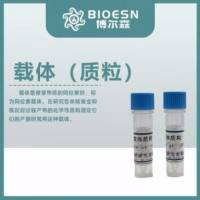Use of (Gyro) Gy and Spermine Synthase Transgenic Mice to Study Functions of Spermine
互联网
510
The polyamines putrescine, spermidine, and spermine are essential for mammalian cell growth, �differentiation, and cell death and have important physiological roles in all tissues. Many of the properties of polyamines that can be demonstrated in vitro are common to all three molecules with differences only in potency. Loss of any of the enzymes needed to make either putrescine or spermidine (which also �prevent the production of spermine) is lethal, but male mice lacking spermine synthase (SpmS) due to a deletion of part of the X chromosome are viable on the B6C3H background. These mice are termed Gyro (Gy) due to their circling behavior. They have a variety of abnormalities including deafness, neurological problems, small size, and a tendency to early death. They can therefore be used to evaluate the physiological function(s) uniquely provided by spermine. They also provide a potential animal model for Snyder-Robinson syndrome (SRS), a rare human inherited disease due to a loss of SpmS activity. An essential control in experiments using Gy mice is to demonstrate that the abnormal phenotypes exhibited by these mice are abolished by providing replacement spermine and this can be accomplished by breeding with CAG-SMS mice that express SpmS from a ubiquitous promoter. Techniques for identifying, characterizing, and using these mouse strains and limitations of this approach are described in this chapter.









